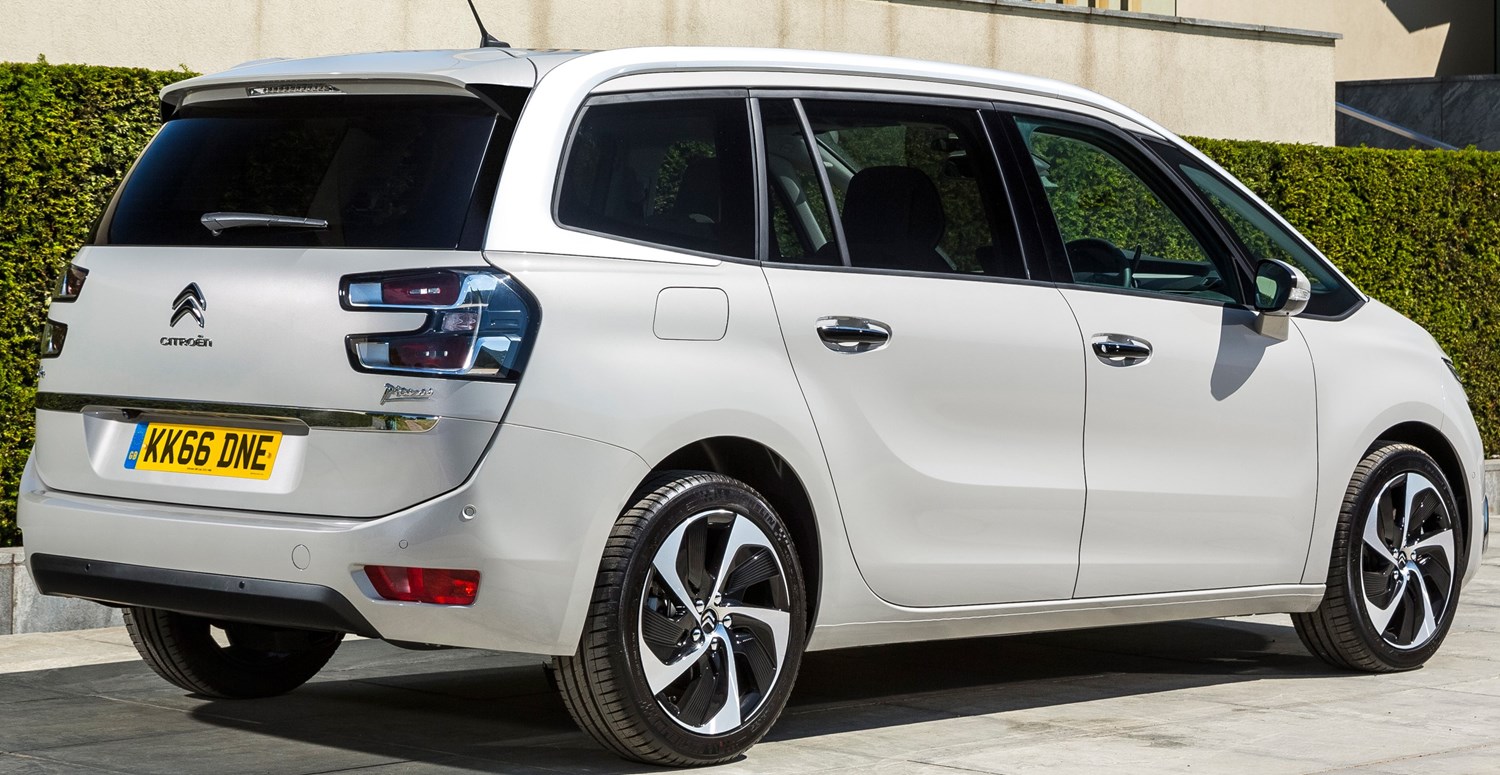Latest model
As mentioned, the ‘new’ C4 was introduced in 2010. Larger than the car it replaces, it is a five-door only.
Available with two engines with four different power outputs, it trades on a similar approach to economy as the original car, albeit with added creature comforts and better levels of refinement. Though its styling isn’t as out-there as the original, it still manages to look striking thanks to chrome touches.
It was given a mild facelift in 2015, updating the look of the car with additional paint options and new alloy wheel designs.
It’s available with a choice of two engines – there’s a 1.2-litre petrol producing either 108 bhp or 128bhp depending on spec, or a 1.6-litre turbocharged diesel putting out either 98bhp or 118bhp, again, depending on which specification you choose.
Both higher-output engines are driven through a six-speed manual gearbox, while lower power versions make do with a five-speed ‘box. An automatic gearbox is available as an option, however.
Value for money
Even early cars had an impressive list of standard equipment, with a CD player and cruise control fitted to even base cars. As time went on, this list was added to giving buyers increasingly better value-for-money. The C4 struggled with poor residuals, but this does mean that you can get quite the bargain on the used market. For instance, a 2007 model-year C4, with 76,000 miles on the clock can be purchased for under £2,000. This isn’t bad for a car fitted with a car with air conditioning, CD player and metallic paint.
However, if it’s a brand new car you’re after, then the C4 still represents a good value purchase. With prices starting at £15,595, it makes a compelling argument for itself. For that price, you get air conditioning, height-adjustable front seats and cruise control. You also get body coloured door handles, which help give the C4 a more premium look. These cars are already available used, with a 2016 model with 17,418 miles on the clock priced from around £10,750 – so there are savings to be made.
Looks and image
When it first came out, the C4’s radical styling certainly made it attractive. It did well to shed the image of previous Citroen models that did little to inspire enthusiasts into driving them.
With sharp, angular styling – especially in the coupe – the C4 offered a slightly more dynamic image. The cabin featured a lot of soft-touch plastics, though some harder materials did let the premium image slip at times. Faster VTR versions certainly exuded a sport image, and their performance wasn’t all that bad either – though not mind-blowing.
As mentioned earlier, a redesign came in 2015, which brought the C4 more in line with rivals. In some areas, it remains old-tech, with the ride and handling certainly behind other cars in the segment. That said, it still remains a good value choice for those who want a hassle-free way of getting around.





